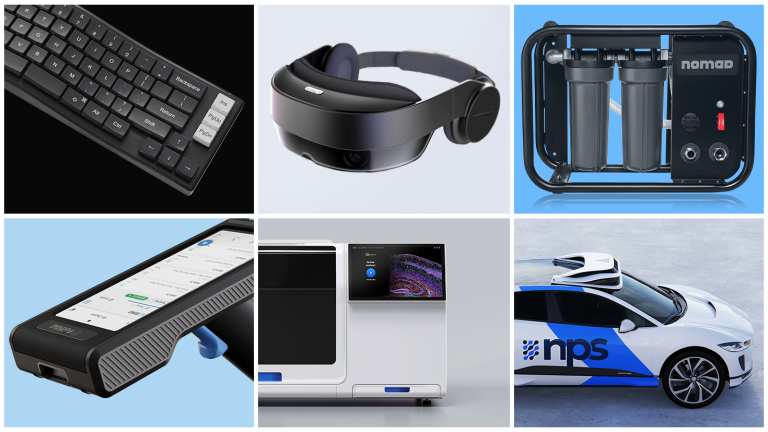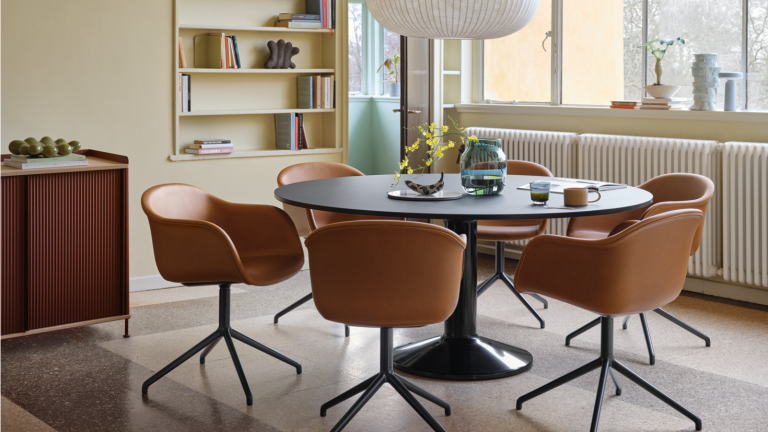We caught up with Soyun Kim to talk about her design process and to get her insights and advice on UX/UI, product design and branding.
What’s your product design process?
Every project is different, each has its own personality so it’s important to tailor the process to the project. However, in general, most of our projects start with researching and thinking about the user problem, followed by designing and prototyping the product, testing it and getting feedback, and fixing any issues. This is a similar process across most designers, but we have more holistic approach at our firm. Our digital design, physical design and engineering department act as one to create seamless design at the end.
I focus a lot on the research and “thinking” portions because I believe they’re the most important — although many designers don’t even acknowledge this as a separate step. I spend a lot of time doing user and usability research, doing pattern finding and then begin to design, followed by quickly prototyping the product and sharing it with people.
It’s very important to get feedback from others. I always tell myself not to get too married to my own ideas. Whenever people give you feedback, think of them as a user, and if the user says something, think about it and view it from their perspective to get to the root cause of their problem. You have to think beyond what they say verbally, and think about why they said it.
Which project are you most proud of?
I’ve enjoyed most of the projects I’ve worked on over my career. I guess one that comes to mind that I’m particularly proud of was a project for a startup that included branding, UX and product design. They came to us with one product, but we ended up designing three products for their line. They wanted to grow their business through multiple products, so we ended up creating a brand and brand strategy for them.
Later on a much larger company bought them, which disappointed some people on our team, but I felt very good about it. Our clients left very happy with what we had delivered to them and very excited to see where it led them. I felt we did a great job for them and created a brand in which other companies saw value. That may have been the business side of me feeling happy — I not only did their product design but also created a strong strategy for them. I felt really proud of this.
When a startup comes in and says they have a great idea for a new product, what are some of the most common questions or misconceptions they have about design?
A lot of times companies think design is just visual. The visual part of design is just the tip of the iceberg; there are many other things going on behind the scenes. People don’t realize that a lot of thinking must go on behind the product. Without thinking and studying your users, you can’t gain user engagement; your product is just a plastic shell.
Another area that’s often misunderstood is branding. A lot of people say millennials don’t care about brands anymore, but actually this isn’t true. They don’t care as much about logos and big brand names anymore, but they do care about the value and experience a brand brings to them. This is a perfect time for startups — users are open to experiencing new brands.
How do millennials affect design?
The purchasing power of millennials is going up, so a lot of companies are intrigued by millennials these days. One big difference between the generations is that baby boomers went to stores to buy products, while millennials shop online.
How do we adapt to this? It is a perfect opportunity for UX designers because millennials like to experience things for themselves. We want authenticity and transparency…to see the real value in a product. It’s easier for us because we’ve grown up with cell phones our whole lives. Checking online to buy something is super easy. We just need 30 seconds to look at reviews before making an educated decision. The web is the perfect place to create engagement by showing off the strengths of your brand and product, the core values of the brand. If you’re authentic about your vision, millennials engage more easily.
How can you tell good design vs. bad design?
Often, good design goes unnoticed. But when you experience bad design, you notice…it’s annoying. Good design is easy to understand and intuitive. It’s easy to use and guides you through the product.
Bad design is sometimes overloaded with info and features. Users get lost in information. They don’t understand how to use the product because it’s too complicated. Sometimes even super clever ideas can be poorly designed because of usability issues. If the product isn’t responsive, people don’t know if they’re using it right or wrong — it gives the user no direction.
As a woman working in both technology and design, what are your thoughts on opportunities for women or gender bias?
In general, I actually don’t think too much about gender. However, I remember when I was younger, people said only 10% of industrial designers were female, and a majority of my colleagues and bosses were male. It was easy for a female’s voice to be forgotten. Now I regret that I didn’t raise my hand and talk more about the female point of view. When you’re a young designer, you sometimes lack confidence.
I enjoy being a female designer because it’s another point of view I can bring to my team and clients. I can say “Hey, from the female user’s perspective, there are too many features for this home product.” Women are the major buyers of products for the home and it’s a perfect opportunity for female designers to provide their point of view. Don’t be shy because I know most people value the female perspective as well. I think the new Internet of Things and smart home era we’re in now presents a great opportunity for female designers.
What do you like most about working at StudioRed?
Our team is very efficient. Communication between teams is tight, and we have transparency inside the company. What I love about this company is that there is no loss in communication.
Many times in other companies there is a loss of communication between departments. For example, in a company that separates research and design teams, the researcher’s information can get lost along the way. It ends up being a loss for the client because a lot of time and value is wasted in this disconnect between the researcher and designer, or the UI designer and hardware designer. Because we’re very tightly involved across all aspects of design, when we design a product we’re sure to bring all the information into it — from the research phase all the way into production.
When we design a physical product, we make it efficient as possible, and we make just the essentials come through. We do strategy and research in the most essential way so that there are no unnecessary steps. Every step is fit to the design. That’s what I love about our process and team, and what I’m happy to provide to our clients. They get the best value and a great product in the end.



